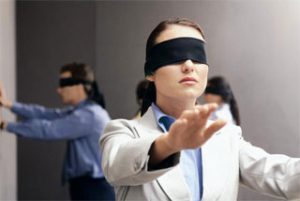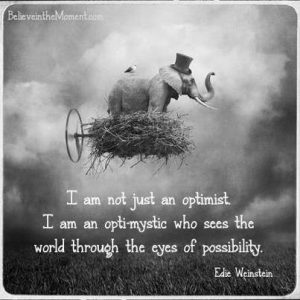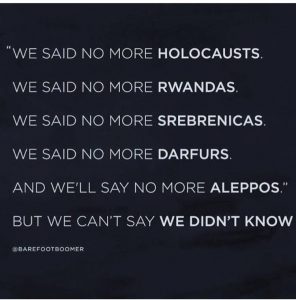 What would the world ‘look like’ if you couldn’t see appearances? Not skin color, not body size, not gender, not shape, not disability; simply people. This thought came to me as I was speaking with a teenage girl who disparaged her looks, for the simple reason that she perceived her peers as being more attractive and therefore, more popular. She is, by most people’s standards, a beautiful young woman. Blond hair, blue eyes, slim, lovely smile and a cute dimple on the left side of her cheek. When she looks in the mirror, that isn’t what she perceives. Instead, she notices that she has acne ( a mild case), dry skin around her mouth as a result of some of the treatment she has begun after seeing a dermatologist, and lines under her eyes. No matter what she is told by her friends and family, she steadfastly holds on to the belief that she is flawed and will not be happy with herself as a result. It isn’t that she compares herself to celebrities and I reminded her that they are ‘normal looking people’ under the makeup and even images of them are photoshopped before they hit newspapers and magazine covers. Tabloids delight in catching them au natural and objectifying them.
What would the world ‘look like’ if you couldn’t see appearances? Not skin color, not body size, not gender, not shape, not disability; simply people. This thought came to me as I was speaking with a teenage girl who disparaged her looks, for the simple reason that she perceived her peers as being more attractive and therefore, more popular. She is, by most people’s standards, a beautiful young woman. Blond hair, blue eyes, slim, lovely smile and a cute dimple on the left side of her cheek. When she looks in the mirror, that isn’t what she perceives. Instead, she notices that she has acne ( a mild case), dry skin around her mouth as a result of some of the treatment she has begun after seeing a dermatologist, and lines under her eyes. No matter what she is told by her friends and family, she steadfastly holds on to the belief that she is flawed and will not be happy with herself as a result. It isn’t that she compares herself to celebrities and I reminded her that they are ‘normal looking people’ under the makeup and even images of them are photoshopped before they hit newspapers and magazine covers. Tabloids delight in catching them au natural and objectifying them.
I asked her to imagine that she and everyone else around her was blindfolded. No one would have any way of knowing what the person looked like who would be standing before them as they met for the first time. I asked her what she would base that person’s worth upon. What it came down to was what was on the inside, not the outside, that mattered. She wouldn’t feel inferior and wouldn’t deem someone else more worthy of attention or approval.
I shared a story I had heard about Ray Charles who was not, as I was surprised to discover, born blind. I listened to an interview with him on NPR that was conducted by Terry Gross in which he told her that he began losing his sight around the age of seven. His encouraging mother taught him how to function in the world. She sent him to a school for children who were deaf and/or blind. This was during a shameful time in American history where segregation ruled. I believe it was Terry who commented that it was ironic that since no one could see the other children, how would they possibly determine the color of their skin? It was the adults who were truly ‘blind’ as they reinforced discrimination. All the kids knew was friendship.
Consider your own biases. No one comes into the world seeing the differences that divide us. Imagine hearing a description of someone and all you knew was their inner qualities. They were intelligent, creative, kind, loving, responsible, compassionate, patient, successful, had lots of friends, loved animals, volunteered in their community, took care of the planet, were reliable… Would there be a particular visual that would accompany that description? Would you see someone who looked like you or those in your circles? Would you assign a religion, lifestyle, gender, sexual preference, skin pigment, culture, country of origin or socio-economic background to them?
In the wake of the election in the United States, this question is even more essential to consider. If we are to survive as a species (and I am questioning this in ways that I never had before), it is important for us to view each other through the eyes of the heart and not what our visual apparatus has us thinking is so.

